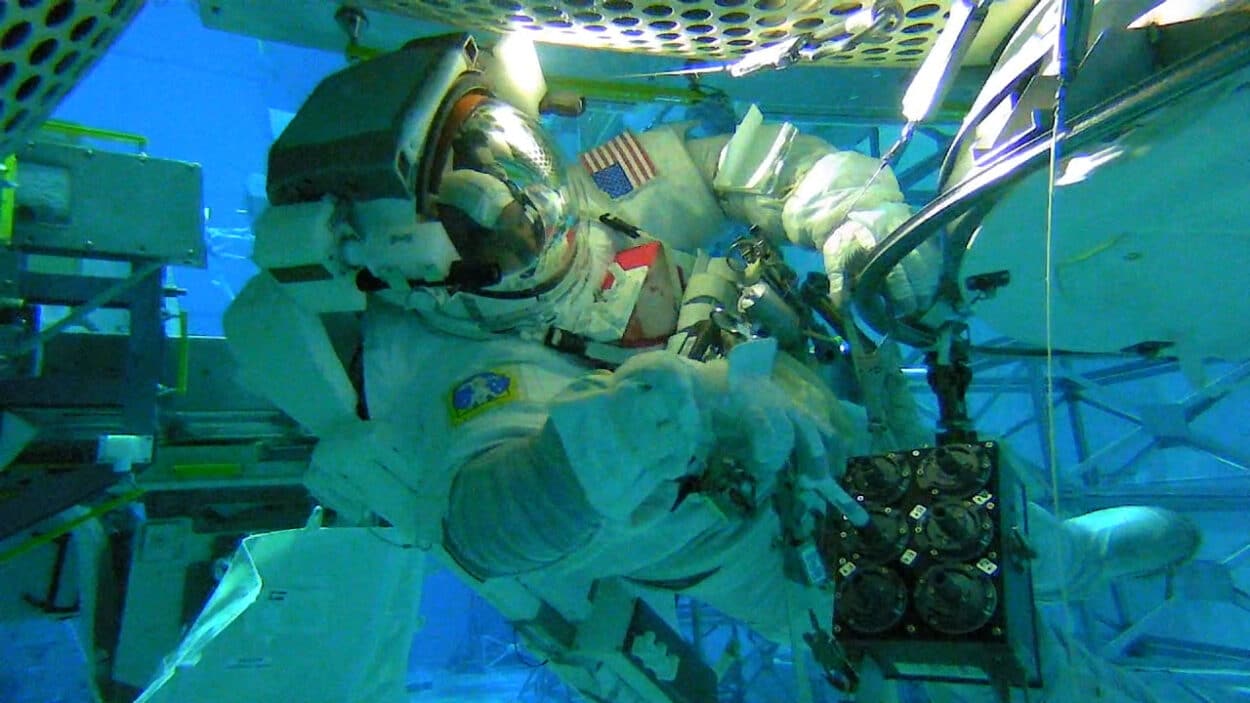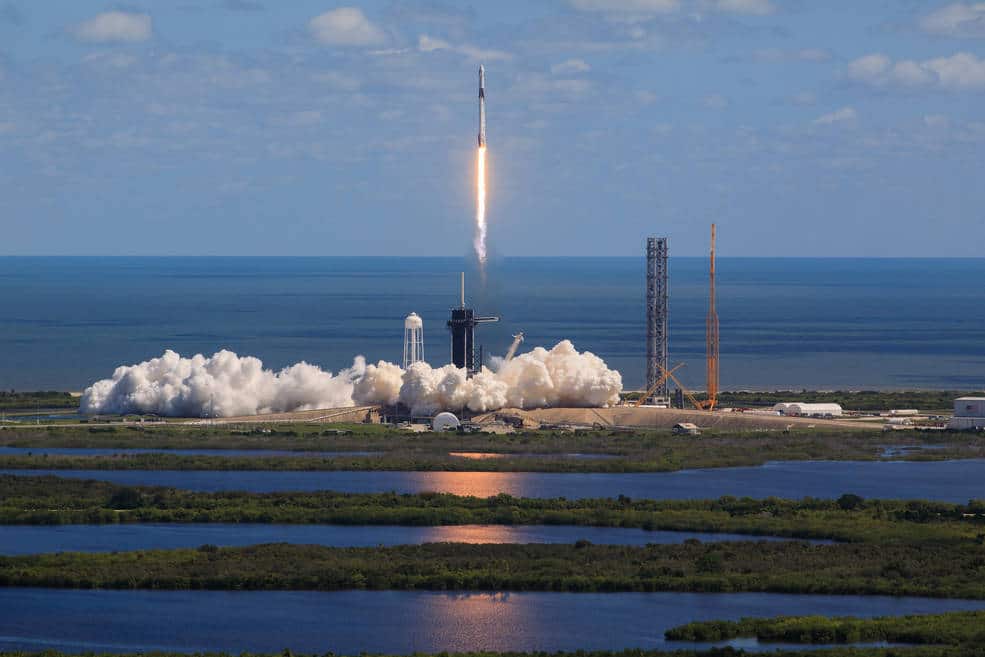On February 27, NASA’s SpaceX Crew-6 mission is expected to take off from Kennedy Space Center in Florida to the International Space Station. The crew consists of NASA astronauts Stephen Bowen and Warren “Woody” Hoburg, UAE astronaut Sultan Alneyadi, and Roscosmos cosmonaut Andrey Fedyaev. During their six-month stay in space, they will conduct various scientific experiments and research at the orbiting laboratory. Here are some of these experiments.
Due to a technical issue, the Monday, February 27 launch was called off. The next available launch attempt is scheduled at 12:34 a.m. EST Thursday, March 2.
You will be able to watch the live here.
Next Thursday, at 12:34 a.m., (time subject to change) NASA’s SpaceX Crew-6 mission will launch. Direction: the International Space Station (ISS). The astronauts will conduct different experiments on board. Here is a recap of their main missions.

4 Main Missions
Combustion Research
The upcoming Crew-6 mission will further advance combustion research. Gravity on Earth significantly affects the behavior of flames. But in environments with reduced gravity, such as on the ISS, fire behaves in unpredictable ways. The new Solid Fuel Ignition and Extinction (SoFIE) experiment will investigate thermally-assisted burning in microgravity. The study will study different factors (air flow, oxygen concentration, pressure, external radiation levels…) to determine how they impact the combustion process. The results could help scientists better evaluate the flammability of materials used in future space missions and therefore prevent fires from occurring in space.

Monitoring Immunity
The Immunity Assay investigation developed by the European Space Agency (ESA), aims to evaluate how cellular immune functions are affected by spaceflight stressors. The human body’s ability to defend against infections undergoes significant changes in response to stressors such as simulated microgravity or confinement. Traditionally, this functional immune test has only been conducted on Earth. But the introduction of a newly developed assay tube results in the test now being performed during flight. This will ultimately lead to the development of better countermeasures to keep astronauts healthy during long-duration missions.
Looking for Microorganisms
The ISS External Microorganisms investigation involves collecting samples from outside the ISS during spacewalks with the aim of examining the prevalence of microorganisms in space. If scientists can find microorganisms capable of surviving in harsh environments like space, they could have potential uses on Earth. Understanding how these organisms behave and proliferate in space could open up new avenues for research and discovery in various fields.

Credits: NASA
Testing Tissue Chips in Microgravity
Tissue Chips are small devices that are designed to simulate the functions of human organs. The objective to test them in microgravity in the ISS will help the astronauts analyze potential changes. This is something that would take months and even years if the test was conducted on Earth. The scientists will for example test clinically approved drugs that could help prevent changes in heart cell function and gene expression that occur during spaceflight.
Space Exploration as a Test Bed for Industrial Technology on Earth
Space exploration has always been seen as the final frontier of scientific discovery. It has also proven to be a fertile ground for testing and developing industrial technology for application back on Earth.
Material Science
Materials science is an important area of technology that has been developed through space exploration. Spacecraft and space habitats require materials that can withstand extreme temperatures, radiation, and pressure changes. As a result, researchers have developed materials that are stronger, lighter, and more durable than anything previously available on Earth. These materials have been used in everything from aircraft to sporting goods, and have even led to the development of advanced medical implants.
Electronics
Another area of technology that has been developed through space exploration is advanced electronics. Spacecraft require sophisticated sensors, communication systems, and computing power to operate effectively in space. This has driven the development of new electronic technologies that are smaller, more efficient, and more reliable than anything previously available on Earth.
Energy
Space exploration has also driven the development of new energy technologies. Spacecraft require power sources that are lightweight, reliable, and capable of operating in extreme environments. This has led to the development of new solar cells, fuel cells, and other energy technologies that have improved our ability to generate and store energy on Earth.
Robotics
Perhaps the most exciting area of technology that has been developed through space exploration is robotics. Spacecraft and rovers require sophisticated robotic systems to operate effectively in space. This has driven the development of new robotic technologies that are more intelligent, more dexterous, and more autonomous than anything previously available on Earth. The design of different rovers for Mars exploration also provided a significant advantage to heavy industries back on Earth, particularly oil and gas.
Regarding the upcoming NASA SpaceX Crew-6 mission, the outcomes of the SoFIE-MIST experiment could shed light on important questions related to combustion processes on Earth.










